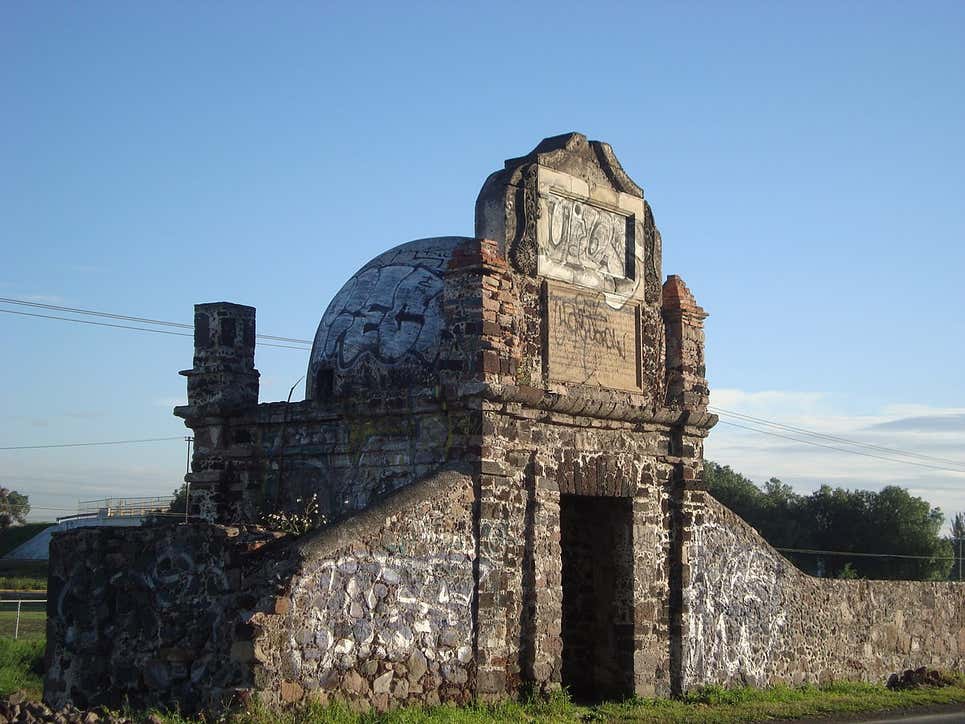In 2019, a team of Archaeologists from the National Institute of Anthropology and History of Mexico (INAH) discovered the entrance to a tunnel on the outskirts of Mexico City. The portal, decorated with pre-Hispanic glyphs, will soon be reburied indefinitely.
Discovering an archaeological site to re-bury it is not exactly the usual thing, but the reason for this decision is not that it is haunted. It is something much sadder than that: there is no money to continue the investigation, and INAH technicians fear that the place will fall into oblivion and end up being vandalism, looting or damage due to contamination from road traffic. . For this reason, and after protecting the structure with a masonry formwork in order to avoid possible collapse, the tunnel will be sealed again until further notice. A press release issued by the INAH also cite the Covid pandemic as part of what has motivated this decision:
At the time, the idea of creating a corridor and an archaeological window was raised that would allow the general public to admire these vestiges as they passed through the place; However, this project would imply a significant investment of resources in addition to those originally budgeted for the road works, due to the need to carry out studies and specialized engineering work.
To this end, it must be considered that the global health contingency caused by COVID-19 forced the institutions of the different levels of government to prioritize the allocation of resources for the health care of the population. For these reasons, the archaeological project had to be postponed.
Additionally, it should be noted that the findings are in an area of high risk of vandalism or looting, therefore, and in accordance with the guidelines established by the INAH Council of Archeology, the protection of the historical and archaeological remains.
Resealing a discovery like this is frustrating, but at least it won't hurt. The tunnel measures 8.4 meters, but it is only a small part of the so-called Albarradón de San Cristobal in Ecatepec. Towards the year 1600, during the colonial period, Viceroy Luis de Velasco ordered the construction of a network of tunnels, roads, and dikes to protect the cities of the Valley of Mexico from periodic flooding from its lakes. The spectacular work of engineering, today buried in many sections, measures 4.5 kilometers and is a magnificent example of a mixture of Spanish and pre-Hispanic styles. The entrance gives The tunnel that will soon be buried is decorated with 11 pre-Hispanic glyphs that represent different symbols such as an eagle, a war shield, or raindrops.
Although this specific region cannot be visited for a while, other sections of the albarradón can be seen at different points. Unfortunately, some of them, such as the Gate of the Chapel of Christ the King (on these lines) show vandalism as graffiti on their structure.




0 Comments